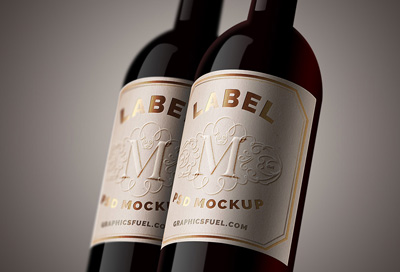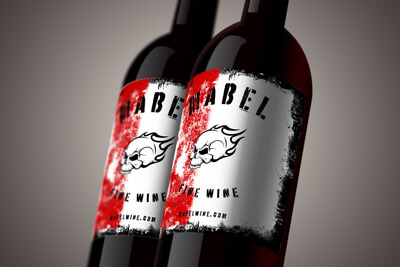Your Logo Design Does Not Define Your Brand, You Do

Are you looking to have your logo design define your brand?
It is a popular misconception that your logo design defines your brand. Quite honestly this idea is very far from the truth. Your logo does, in fact represent you, be it good bad or indifferent.
A client may come to a graphic design company and tell them how they envision their logo and how they want it to represent their business. While this can be done visually with some success, that is where it stops.
How a Logo Is Perceived by Sports Fans
A good way to illustrate this might be a professional sports team logo. I am an avid hockey fan and have been a diehard Tampa Bay Lightning fan since 1995. Their first logo was not that attractive. It looked like it was thrown together haphazardly. But how the brand was perceived once the team started winning and ultimately won the Stanley Cup, changed greatly over the years. The logo design has also changed (thankfully) since then.
For several years the Lightning were near or at the bottom of the league. The early 2000s brought more wins and a much better team resulting in the ultimate prize, the most coveted trophy in all of North American sports, the Stanley Cup.
For those lean years prior to wining the Stanley Cup, many who heard the name Lightning or saw the logo were immediately enveloped with a sense of grief, frustration, a lack of passion and other less than positive adjectives. This is directly attributed to the brand (the team) not being able to evoke a sense of winning or success. Not until 2004, when they took the ultimate prize, and the year or two leading up to it, was the logo looked at, revered and worn, with a great sense of pride.
Brand Management Starts From Within
This is the same situation with any business. If you, your company and its employees do not project the brand you wish to be known for, your logo design cannot pick up the slack. It is simply the visual representation of how your brand is perceived in your given market.
Branding starts from within. The company as a whole and the individual elements, employees, staff, products, service, etc., that make up the company must adhere to the established brand principals and project them accordingly.
Consider a restaurant or fast food chains, for example. I can’t count how many times I have seen commercials on television or internet ads depicting smiling and ever-so-helpful staff smiling ear to ear salivating at the opportunity to serve you. Only to visit one of their establishments and be met by the complete antithesis of what was being broadcasted in the marketplace. It can leave a very poor taste in your mouth, pun intended. If the staff and service personnel are not projecting the same image as the brand you are trying to convey, the brand itself will ultimately suffer.
A Logo Design Does Not Always Convey a Company’s Products or Services
To further illustrate how a logo design does not necessarily define a brand, consider some of the most simple, and sometimes boring logos below.

It would be tough to deny that Apple® is one of the largest and most respected brands in the world. From their product line to their customer service, their stores and even their packaging. Everything is a cohesive effort to reinforce a brand of absolute quality and high value.
Conversely, consider FaceBook. Another mammoth brand. For years the company enjoyed incredible success not only financially, but as a brand in its entirety. Fast forward to recent history and the brand has been the subjected of much scrutiny due to a number of issues, most notably the sharing or private information without user content. While the brand of FaceBook is still viable, it suffered greatly in light of these incidents and has been in damage control mode for some time.
Other notable brand mishaps might include BP® Oil. The gulf oil spill incident was years ago, yet it is still looked at in a different light since the disaster. Uber® also comes to mind and the Wells Fargo® fiasco is yet another. All of these brands had to go through, or are still implementing reputation management strategies to reestablish their image in the marketplace. I could include many more examples but I am sure you get the idea.
One common thread to all of these logos and millions more like them, is the fact that none of the logo designs say anything about what the company does or offers. Apple is just an apple, Wells Fargo is simply spelled out in a serif font, BP is but an acronym. Neither of which visually demonstrate the brand offerings. Yet they, at least at one point, realized incredible success due in large part to brand perception in their respective marketplaces.
How a Logo Can Help Establish a Brand
To be fair, logo design can help in projecting a brand but ultimately it cannot define it. Consider a logo design for a hypothetical wine. The brand wants to be perceived as a fine wine and market to an affluent demographic that understands and appreciates the finer things in life, and as importantly, can afford it. Logo A is more apt to be chosen over logo B. Logo B might be chosen to successfully target a completely different demographic. Hey, it could happen! So there is something to be said for how a logo design can help a brand, but again, not to beat a dead horse, but it cannot define it.
Remember that a logo design is nothing more than a visual representation of the brand. How the brand is perceived, is up to the organization.
Have questions? Contact us today!
The Apple, BP Oil, Wells Fargo and Uber names and logos are registered trademarks of their respective companies.

